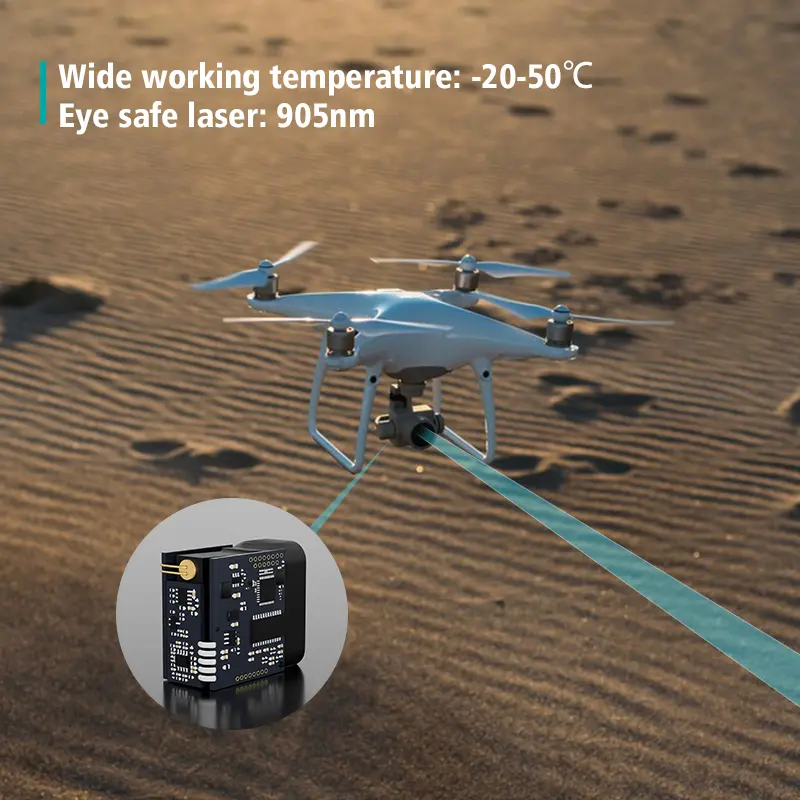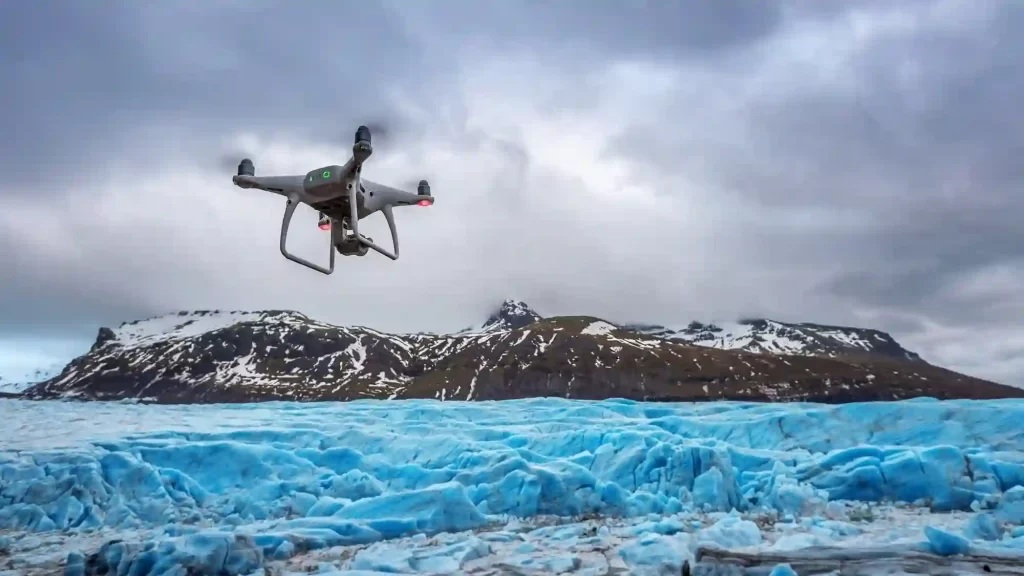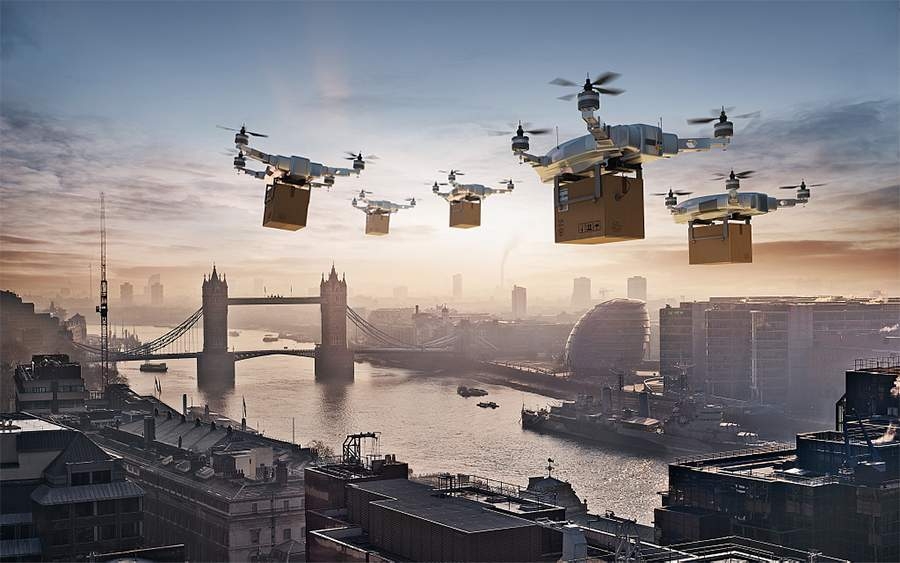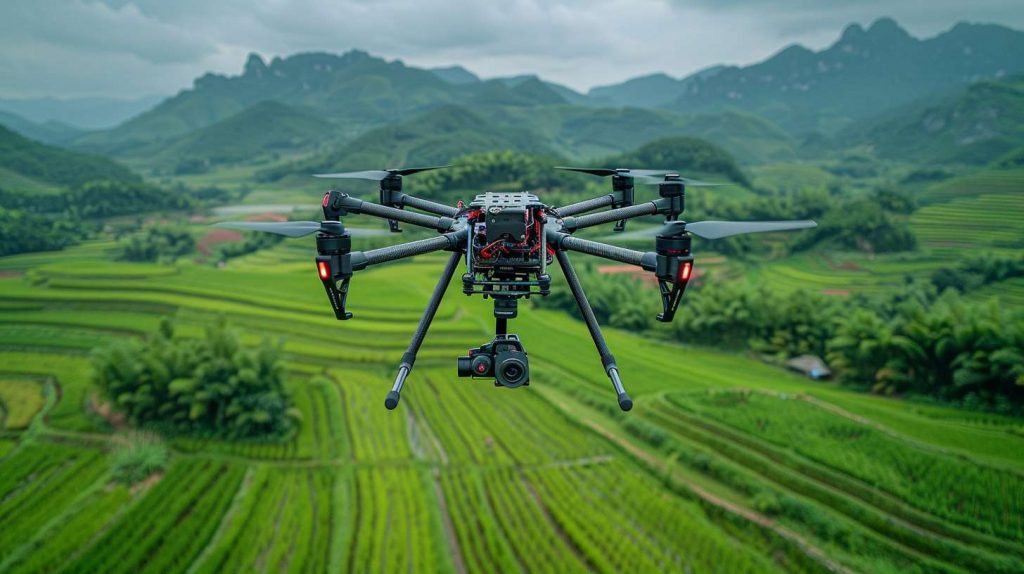Pixhawk Integration Guide: Optimizing Altitude Hold (10–15 m), Precision Landing, and Obstacle Avoidance Using LDL-T Laser Distance Sensor
Moderno UAV missions require reliable altitude stability, safe autonomous landing, and accurate obstacle sensing. The LDL-T laser sensor de distância offers millimeter-level precision and robust TTL serial output, making it ideal for Pixhawk-based drones running ArduPilot.
This guide provides a complete, engineering-ready setup including:
- Stable 10–15 m altitude hold
- Smooth and precise autonomous landing
- Single-point forward obstacle deteção
- Wiring diagrams, parameter tables, and workflow charts
1. Why LDL-T Laser Distance Sensor is Ideal for UAV Height Control
O LDL-T fornece:
- Millimeter-level accuracy (mm resolution)
- 30 m measurement range
- TTL 3.3V UART interface
- High measuring frequency (3–20 Hz depending on model)
Compared with barometer/GPS:
| Método | Prós | Contras |
|---|
| Barometer | Simple | Affected by wind, ground effect |
| GPS | Good for global navigation | Poor low-altitude accuracy |
| LDL-T Distância do laser Sensor | Best precision, instant response | Requires clean FOV |
Result:
Using LDL-T Sensor de distância a laser as primary altitude source below 15 m dramatically improves flight stability.
2. Wiring the LDL-T to Pixhawk (TTL 3.3V)
| LDL-T Pin | Pixhawk Pin | Descrição |
|---|
| TXD | RX | Sensor → FC |
| RXD | TX | FC → Sensor |
| GND | GND | Common ground |
| VCC (3.3V) | 3.3V | Stable sensor power |
⚠ Do NOT power the sensor with 5V.
3. Enable Continuous Measurement
Pixhawk requires continuous serial distance data.
Send the following command once at boot:
AA 00 00 20 00 01 00 04 25
Sensor output format:
AA 00 00 22 00 03 AABBCCDD 0101 CS
AABBCCDD = Distance in millimeters0101 = Signal qualityCS = Checksum
Pixhawk extracts bytes 6–9 as distance data.
4. Pixhawk Serial & Rangefinder Settings
4.1 Serial Port (SERIAL4 Example)
SERIAL4_PROTOCOL = 9
SERIAL4_BAUD = 115
4.2 Rangefinder Configuration(RNGFND1)
| Parâmetro | Recommended Value | Purpose |
|---|
| RNGFND1_TYPE | 10 | Custom Serial |
| RNGFND1_MIN_CM | 50 | Valid from 0.5 m |
| RNGFND1_MAX_CM | 1500 | Max 15 m usable height |
| RNGFND1_SCALING | 0.1 | mm → cm conversion |
| RNGFND1_POS | 6 | Start byte of distance |
| RNGFND1_SIZE | 4 | Distance uses 4 bytes |
5. EKF Fusion Settings for 10-15 m Altitude Hold
Enable LDL-T Laser Distance Sensor as height source:
EK3_SRC1_POSZ = 2
EK3_RNG_USE_HGT = 1
EK3_RNG_MIN_HGT = 0.5
EK3_RNG_MAX_HGT = 15
Benefícios:
- Rock-steady altitude hold
- Zero drift
- Perfect for industrial UAV missions
6. Optimizing Hovering at 10-15 m
Recommended LDL-T operating frequency:
- 5–10 Hz altitude control
- Up to 20 Hz for precision landing
Optional filtering:
RNGFND1_FILTER = 2
7. Precision Landing Optimization
| Parâmetro | Recommended Value | Purpose |
|---|
| LAND_SPEED | 40 cm/s | Smooth landing |
| LAND_PREP_ALT | 200 cm | Start landing sequence |
| LAND_FLARE_ALT | 30 cm | Final slow-down |
Standard workflow:
- 15 m → GPS / barometer
- <15 m → Laser height control
- <3 m → High-precision descent
- <30 cm → Flare and soft landing
8. Forward Obstacle Detection
Mount LDL-T Laser Distance Sensor facing forward (optionally 5–10° down).
Example logic:
- Distance < 2.5 m → Slow down
- Distance < 1.2 m → Stop or Loiter
Useful for:
- Indoor navigation
- Warehouse shelving
- Trees / poles / structures
9. Recommended Measuring Frequency
| Cenário | Frequência |
|---|
| Altitude Hold | 5–10 Hz |
| Precision Landing | 10–20 Hz |
| Obstacle Detection | 10–20 Hz |
10. Safety & Fallback Mechanisms
- Signal Quality Check
- Range Overflow Check(>15 m)
- Voltage Monitoring
- Ground Testing Before Flight
11. Flight Testing Procedure
| Stage | What to Test |
|---|
| Bench Test | Verify serial output & parsing |
| Hover Test | EKF switching & stability at 10-15 m |
| Landing Test | LAND_SPEED tuning |
| Obstacle Test | Stop/slow-down logic |





By integrating LDL-T Laser Distance Sensor with Pixhawk and optimizing EKF, telémetro parameters, and landing logic, UAV operators pode achieve:
- Highly stable altitude hold
- Smooth and accurate autonomous landing
- Reliable single-point obstacle detection
Ideal for industrial UAVs, robotics, warehouse automation, mapping drones, and AGV-UAV hybrid systems.